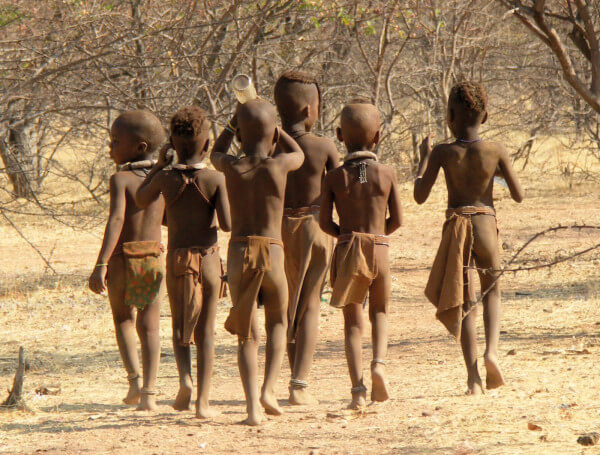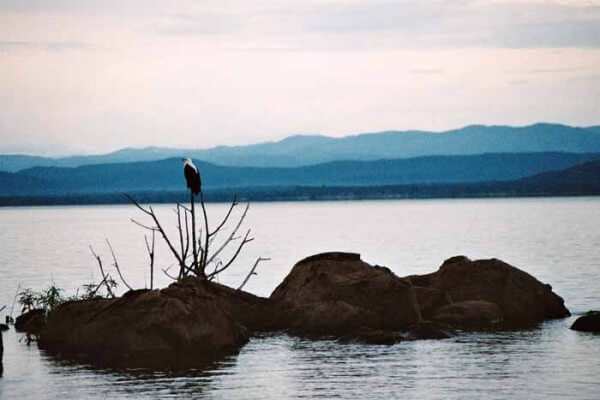Also known as ‘Terre de Boa Gente’ meaning ‘Land of Good People’, the city of Inhambane is situated in southern Mozambique on Imhambane Bay, 470 kilometres northeast of Maputo. It is the Inhambane Province’s capital and as of 2008, had a recorded population of almost 66,000 – quite a significant rise from the 1997 censes of 54,157. The city spreads over 68,615 square kilometres, with a tropical climate that gets more humid along the coast and more arid inland.
The town is quiet and rich in history. It is renowned for its rusting colonial architecture and has been well-loved amongst tourists over the past few years. Inhambane was formed due to a deep inlet into which the small river, the Matamba, runs. Two guardian sandbanks look over the harbour to create one big protective sandbank. The town of Maxixe lies across the bay.
Inhambane was in existence in the 10th century, and was the southernmost port utilised by Arabs for the slave trading industry. Vasco da Gama visited the area in 1498 and claimed Inhambane Bay for Portugal. This led to the Portuguese setting up a trading post in the city in 1534. Inhambane was then selected as the first Jesuit mission to East Africa in 1560.
The post slowly developed as an ivory and slave trading hub, especially in the 18th century when the region was mostly under Indian control. The area was wrecked in 1834 by Shoshangane, but grew swiftly in the second half of the century as a Portuguese East African town. The old cathedral and mosque were constructed during this period. However, in the 20th century the town’s status weakened and the economic issues worsened as Maputo became the primary centre.
The city now contains a museum and market, and is well-known for its stunning beaches (Tofo and Barra). The main market, ‘Mercado Central’, is situated along the central avenue and supplies various foods, ranging from a vibrant selection of spices and vegetables to prawns, fish and cashew nuts.
The province is the second biggest cashew producer after Nampula, and also grows coconut and citrus fruits, which were the inspiration for Mozambique’s famous poet, Craveirinha’s piece ‘The Tasty Tangerines of Inhambane’. The long coastline of the area includes numerous mangrove swamps and supports much fishing. The Inhambane Bay region is a popular tourist destination with its various beaches, as well as its housing of one of the last remaining populations of dugong in Mozambique.
Beginning from Quissico in the south to Nova Mambone in the north, Inhambane boasts warm Indian Ocean water, making it a fantastic vacation destination. The city contains some renowned areas, such as Praia do Tofo, Praia dos Cocos, Ponto do Barra, Vilankulo, Ilha de Benquerra, Guinjata Bay and more. Accommodation here varies from self-catering cabanas to exclusive guest homes and luxury chalets.
A popular sport to partake in when visiting Inhambane is scuba diving, which is amongst the finest in the world in this region. This is largely due to the fact that the reefs are so close to each beach in the area, including the world-renowned Manta Reef and Galleria. Frequent sightings of Giant Manta Rays, Whale Sharks, Turtles and other thriving aquatic life are common here. There are plenty of professional scuba diving establishments throughout the province, as well as various snorkelling operations – another well-loved sport of the town.






0 Comments